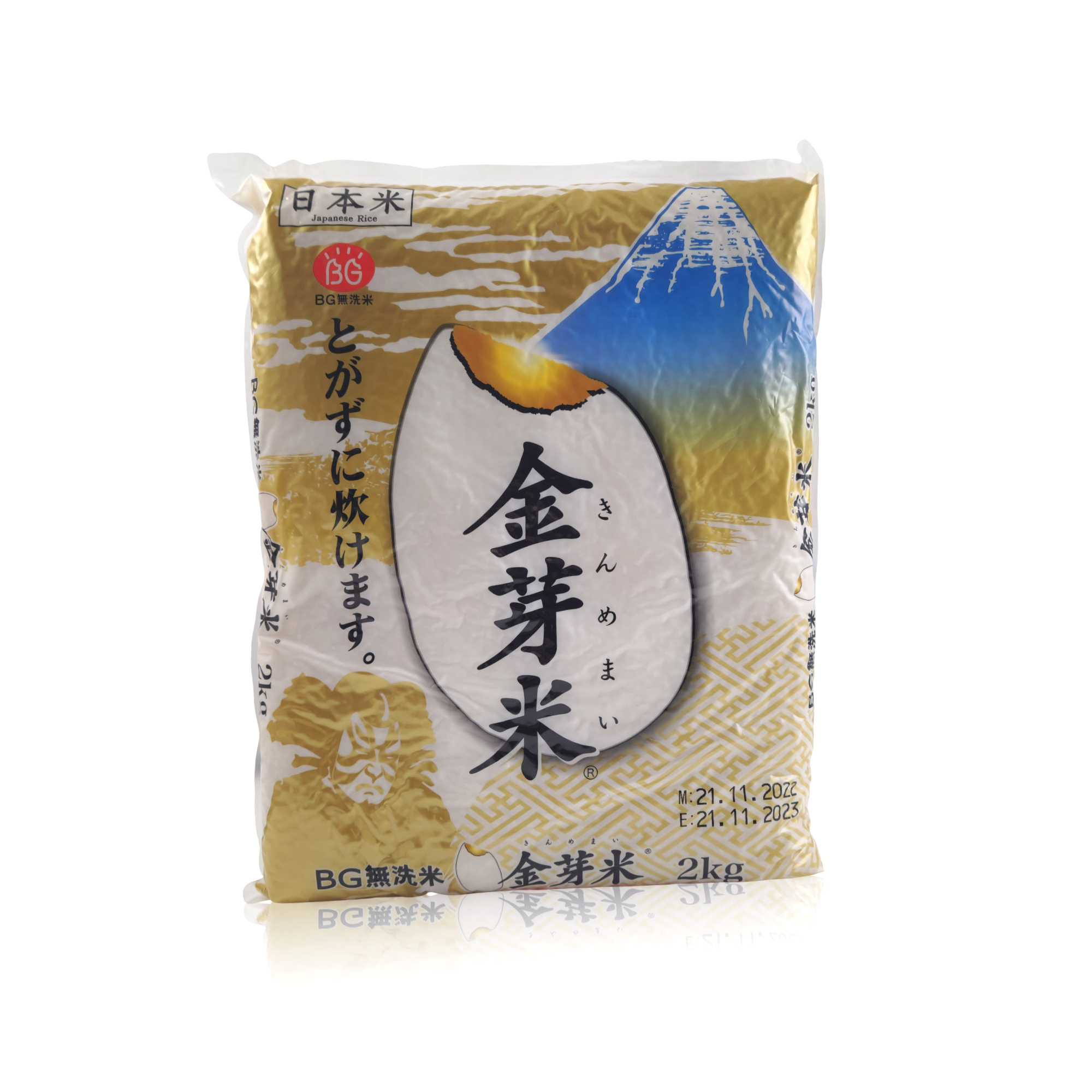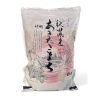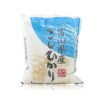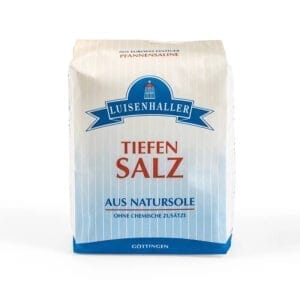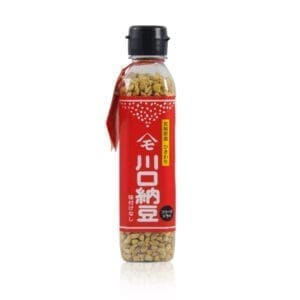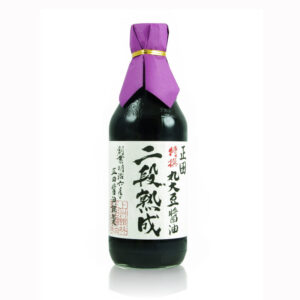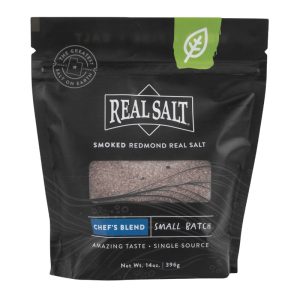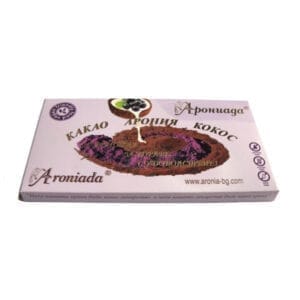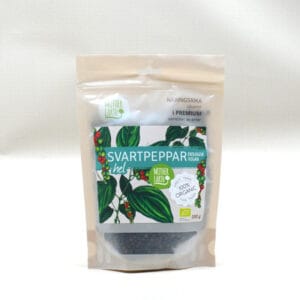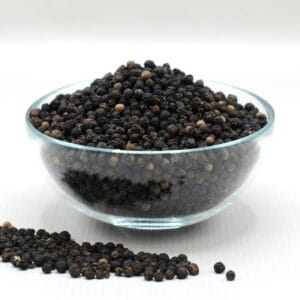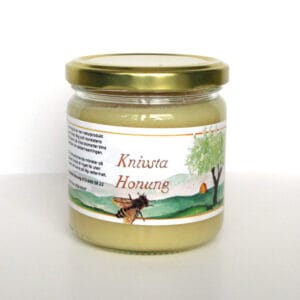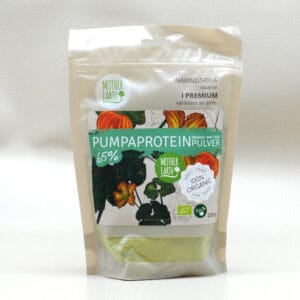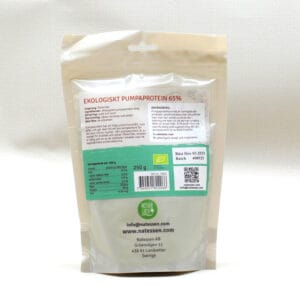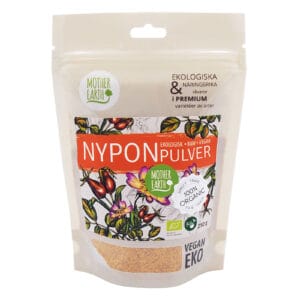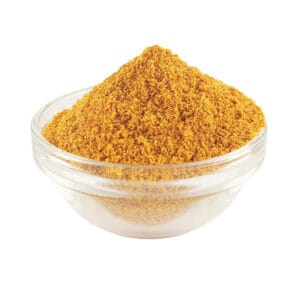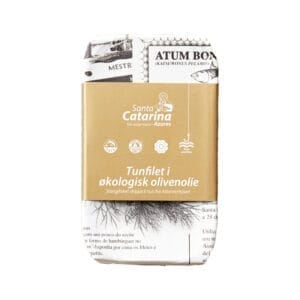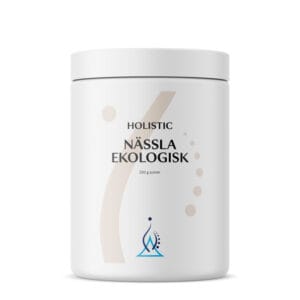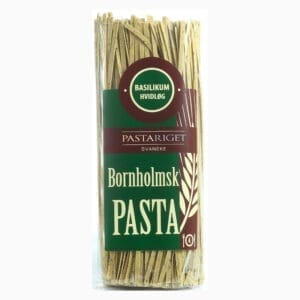Rice, Japanese, Kinmemai 1 kg
Kinmemai was developed by Toyo Rice Corporation, founded in 1961 in Wakayama, Japan. The company began as an innovator in rice polishing machines, but soon took its passion for perfection to the rice itself. The result? A pre-rinse rice that is not only convenient, but also packed with flavor and nutrients.
Kinmemai is a ‘rinse-free’ rice, which means you don’t need to rinse it before cooking. Thanks to a pioneering polishing method, only the bran and wax layer has been removed, leaving behind much of the rice’s natural flavor and nutrition – something usually lost in traditional rice polishing.
An authentic and delicious rice that is not only easy to use but also packed with flavor and nutrition.
Taste and texture
Kinmemai rice offers a unique buttery and nutty flavor, with a creamy texture that makes it ideal for many different dishes. Whether you’re preparing sushi, homemade onigiri (Japanese rice balls) or using it as a standard rice for Japanese and other international dishes, Kinmemai provides a taste experience (and texture!) that’s hard to beat.
You can read more about it here: https://kinmemai.com/
Here’s how to cook rice in a saucepan (if you don’t have a rice cooker)
You can use a rice cooker or cook in a saucepan. It’s actually not difficult to cook rice in a saucepan, as long as you do it right. Do it like this:
Wash the rice once or twice in the pan (rinse it).
You need the right amount of water in relation to the rice.
1 dl rice, 1.7 dl water
3 dl rice, 5 dl water
Or to taste, if you want it a little harder, reduce the amount of water.
Add water, wait 30 min! Important to wait a little before starting to boil.
When the rice boils, reduce the heat to low. After a while, you can even turn off the stove or set the pot aside. Keep the lid on at all times.
Simmer under a lid for 20 minutes, then rest away from the heat for another 20 minutes.
Polished rice and lectins
Is it good to polish rice? Yes, we think so. Brown rice contains lectins, which are considered potentially unhealthy. There are those who deliberately avoid lectin-rich foods (like Malin here, she is an expert on lectins). If you want to avoid these substances, which are mentioned in the Plant Paradox Diet, Japanese rice is perfect.
Köp tillsammans
All products
Fine-grained salt from underground 250 million year old sea. From Göttingen, Germany.
All products
Freeze-dried Japanese natto (fermented beans).

